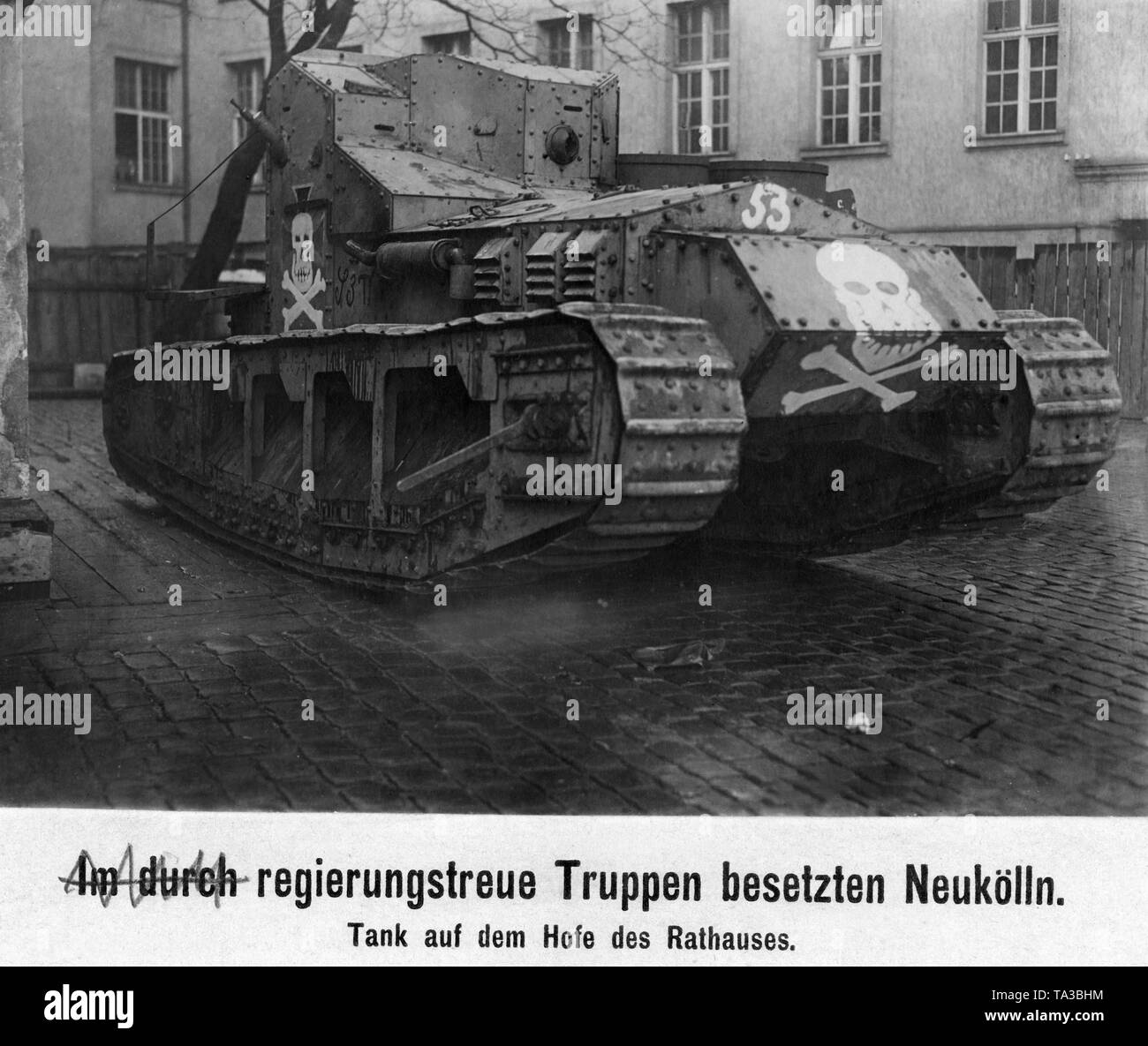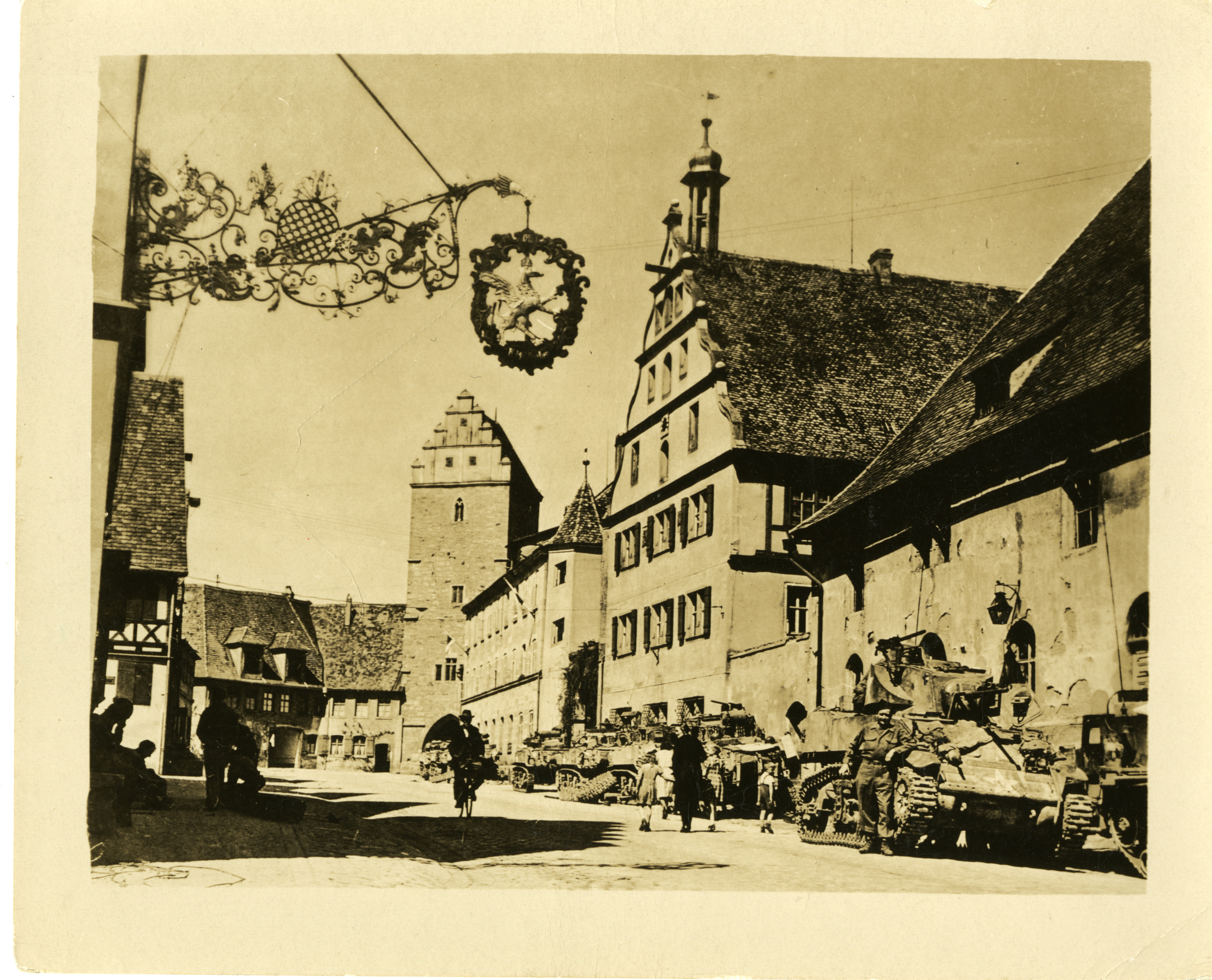

It also served as the base for a military garrison and later also intelligence services. Over the years parliament and certain law courts met at the castle before moving to new purpose-built venues. The second-in-command in the Dublin Castle administration, the Chief Secretary for Ireland, also had his offices there. Originally built as a defensive fortification for the Norman city of Dublin, it later evolved into an official residence, used by the Lord Lieutenant of Ireland or Viceroy of Ireland, the representative of the Monarch.

Roles Entry to the State Apartmentsĭublin Castle has fulfilled a number of roles throughout its history. This pool lies on the lower course of the River Poddle before its confluence with the River Liffey when the castle was built, the Liffey was much wider, and the castle was effectively defended by both rivers. The castle was built by the dark pool ("Dubh Linn") which gave Dublin its name. It now hosts the inauguration of each President of Ireland and various State receptions. The Castle served as the seat of English, then later British, government of Ireland under the Lordship of Ireland (1171–1541), the Kingdom of Ireland (1541–1800), and the United Kingdom of Great Britain and Ireland (1800–1922).Īfter the signing of the Anglo-Irish Treaty in December 1921, the complex was ceremonially handed over to the newly formed Provisional Government led by Michael Collins. Much of the current buildings date from the 18th century, though a castle has stood on the site since the days of King John, the first Lord of Ireland. Until 1922 it was the seat of the British government's administration in Ireland. It was chosen for its position at the highest point of central Dublin.

53☂0′34″N 6☁6′03″W / 53.3429°N 6.2675°W / 53.3429 -6.2675ĭublin Castle, seen from the park to the south, outside the wallsĭublin Castle ( Irish: Caisleán Bhaile Átha Cliath) is a former Motte-and-bailey castle and current Irish government complex and conference centre.


 0 kommentar(er)
0 kommentar(er)
